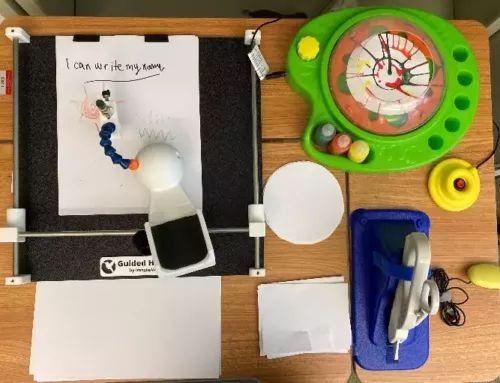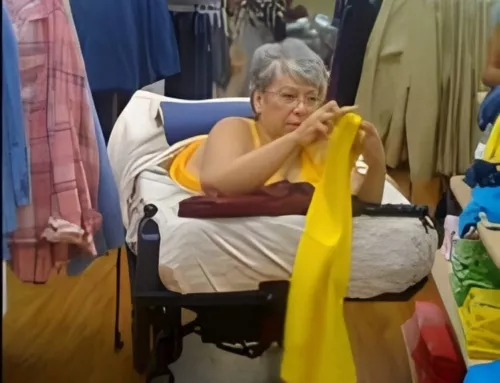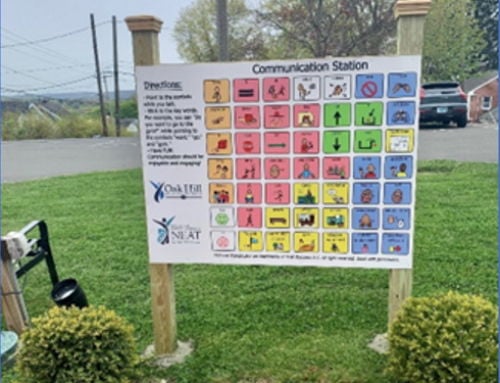AT Reuse Serendipity in Arkansas

After a cataract operation went wrong, an Arkansas resident reached out to ICAN (the AR AT Act Program) … and felt her luck begin to change.
Mrs. Shirley called ICAN looking for help. She’d recently had cataract surgery and her recovery had not gone well. Now she was learning to live with a vision impairment.
Mrs. Shirley explained that she did not have the financial resources to purchase assistive technology, but she could also no longer read her magazines, recipes, the Bible, and the bulletin board by her refrigerator where she keeps all her correspondence from her family and friends. Mrs. Shirley needed a way to get back to reading.
A program staff member listened to Mrs. Shirley describe her vision impairment. Together they decided she would likely benefit from a digital magnification system.

Digital magnifiers (often referred to as digital video magnifiers) are more powerful than traditional glass magnifiers and can provide a brighter sharper image. With a digital magnifier, users can adjust magnification strength as well as contrast and brightness to their own preference. The technology is impressive.
It is also expensive.
A small handheld magnifier runs about $150. More powerful feature-rich desktop versions can cost over $2,000.
Luckily, ICAN operates an AT Reutilization Program that finds new homes for gently-used assistive technology and durable medical equipment. ICAN lists devices available at no cost in their online device inventory where anyone can browse equipment. Visitors browse all listings or filter by service. Some devices are available for demonstration only (to learn about the product); some are available to borrow for a few weeks at a time, and some are available to acquire for free or at a low cost.
Unfortunately, there were no digital magnifiers available in the reutilization program at the time of Mrs. Shirley’s call. However, ICAN staff offered to put her on the waiting list for the next one available. Mrs. Shirely was grateful to learn there was hope for getting back to reading.
Then came serendipity.
The very next day, someone donated an Acrobat LCD electronic magnifier to ICAN!
ICAN staff called Mrs. Shirley.
“It is like Christmas!” she responded.
Indeed, Mrs. Shirley was so grateful, one of the first things she used her magnifier for was to write a thank-you note to the program.
In FY 2020, AT reutilization programs found new homes for over 65,600 devices, saving consumers nearly $23 million (over new equipment). 90% of the device recipients reported they would not have been able to afford the AT or obtain it from other sources if it were not for the reuse services of their AT Act Program.
To learn if there’s a reutilization program in your state or territory, as well as more ways to afford assistive technology and durable medical equipment, find your State or Territory AT Act Program and discuss your individual needs and circumstances.
Learn more:
Monthly Blog Digest
Search the blog
State AT Program Blogs
California
Florida
Indiana
Kentucky
Louisiana
Maryland
Massachusetts
Michigan
Montana
North Carolina
North Dakota
Utah
State AT Program Blogs
The AT3 Center, the Association of AT Act Programs (ATAP), and the Administration on Community Living (ACL) make no endorsement, representation, or warranty expressed or implied for any product, device, or information set forth in this blog. The AT3 Center, ATAP, and ACL have not examined, reviewed, or tested any product or device hereto referred.








